Search
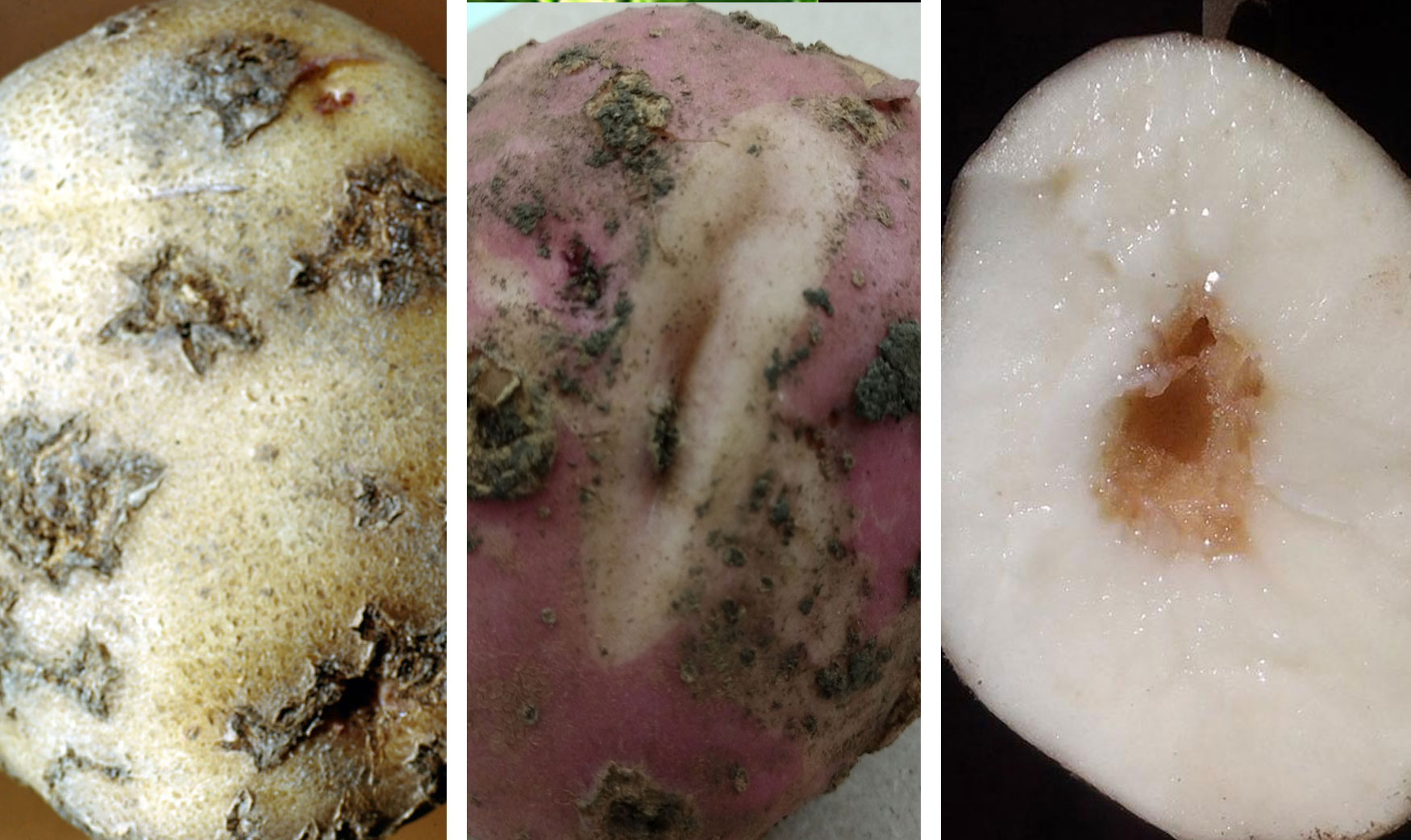
What’s Wrong With My Potato?
We are accustomed to perfect-looking potatoes from the grocery store, but sometimes our homegrown tubers don’t meet that same standard. Following are a couple of common problems home gardeners may contend with.
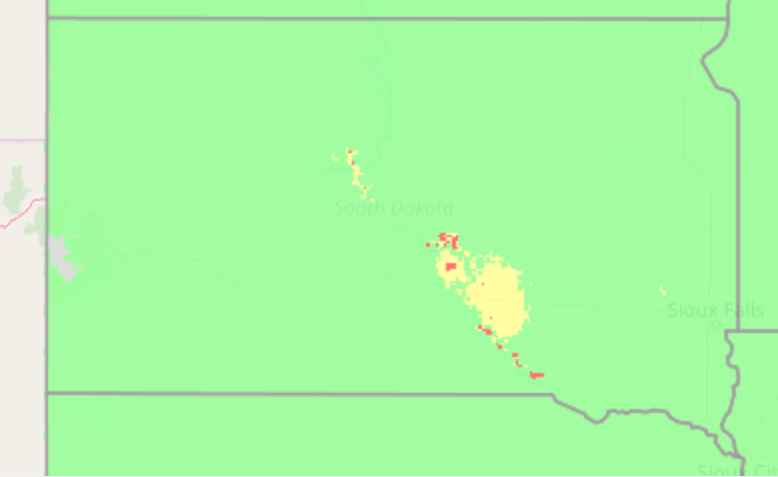
Use the Scab and Leaf Disease Forecasting Tools to Decide on Fungicide Application in Wheat
Fungicide application in winter wheat has consistently shown to prevent yield loss caused by fungal diseases. However, in some cases, a fungicide application may not always result in a profitable yield when disease pressure is low. Disease forecasting tools can aid fungicide application decisions and hence improve on the profitability of fungicide application.
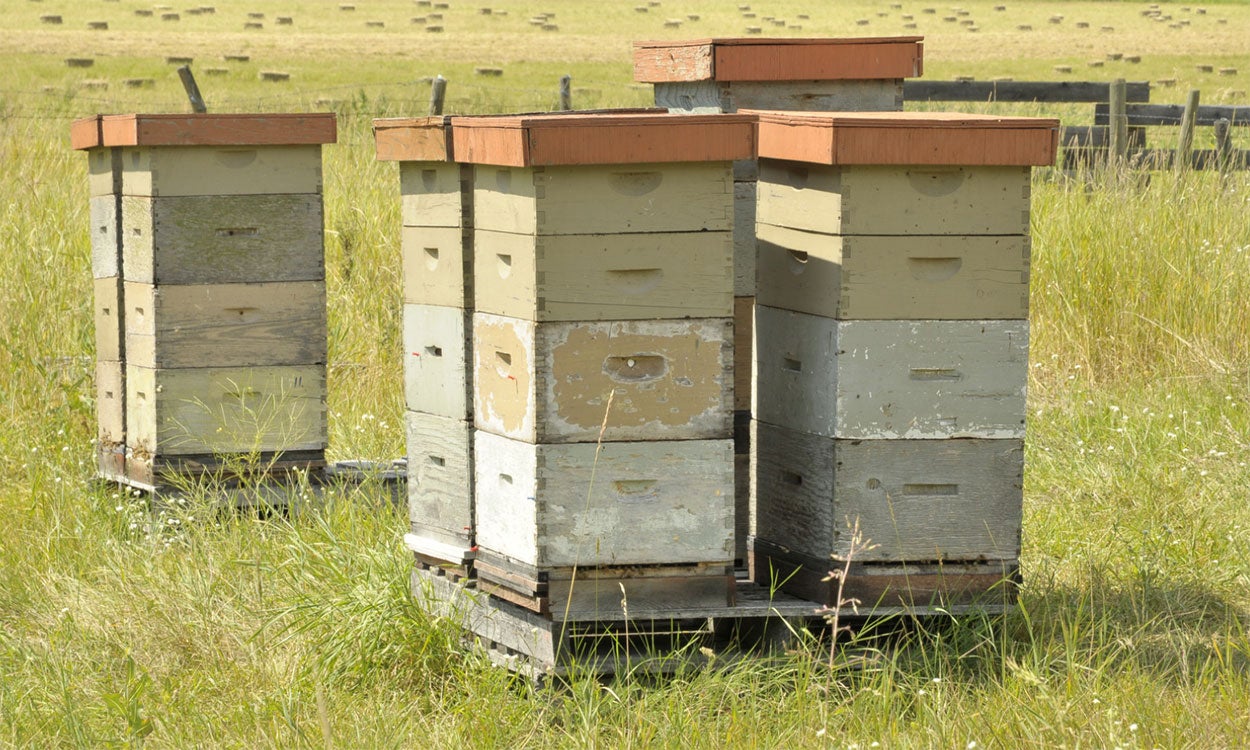
Grassland Goods and Services
Grasslands, whether in the form of pastureland, rangeland or various conservation program or habitat lands are important ecosystems that provide a variety of goods and services.
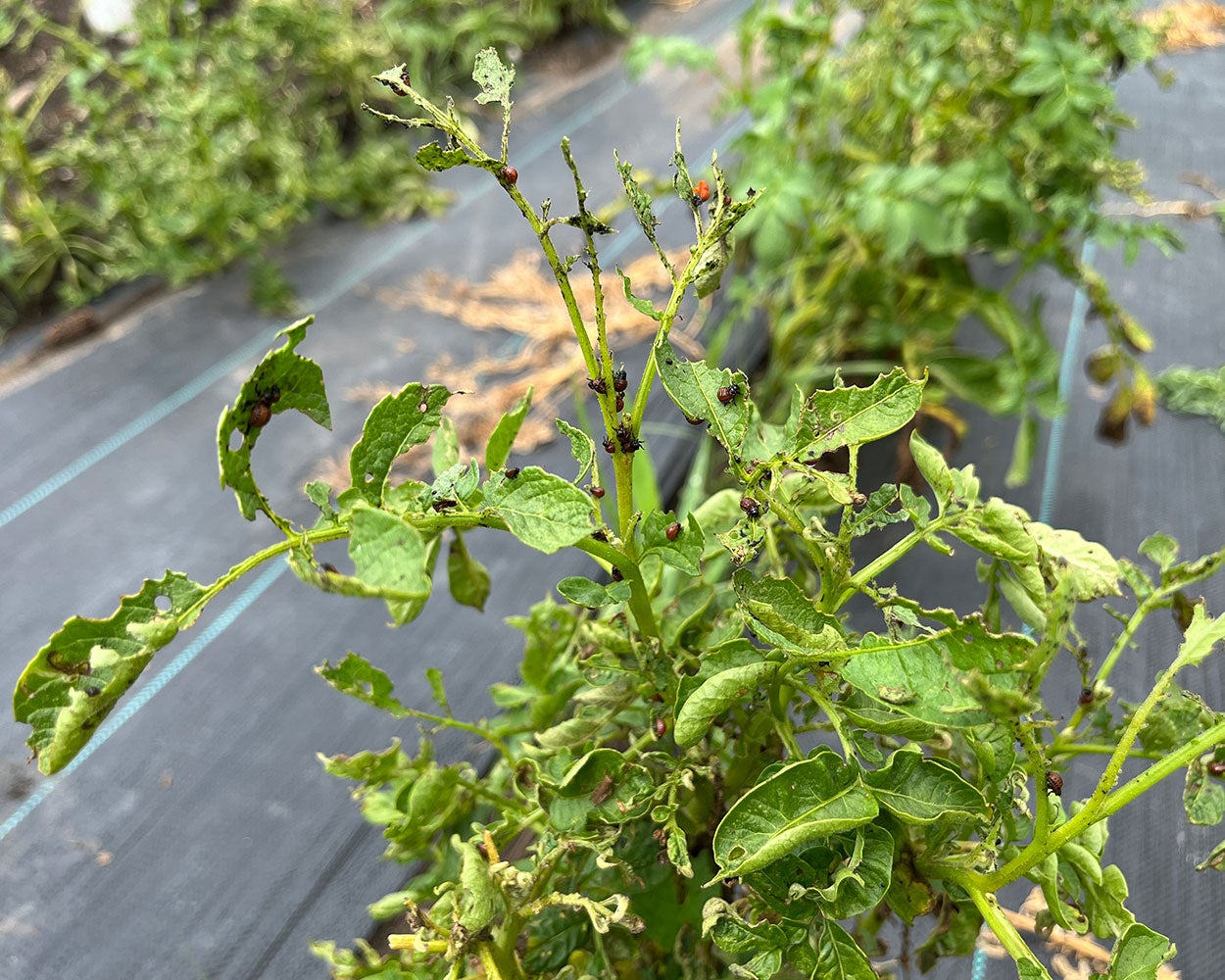
What Is Eating the Leaves on My Potato Plants?
Colorado potato beetles are currently active in South Dakota. These beetles are a major pest of potatoes and other members of the nightshade family, including tomatoes, peppers and eggplants.
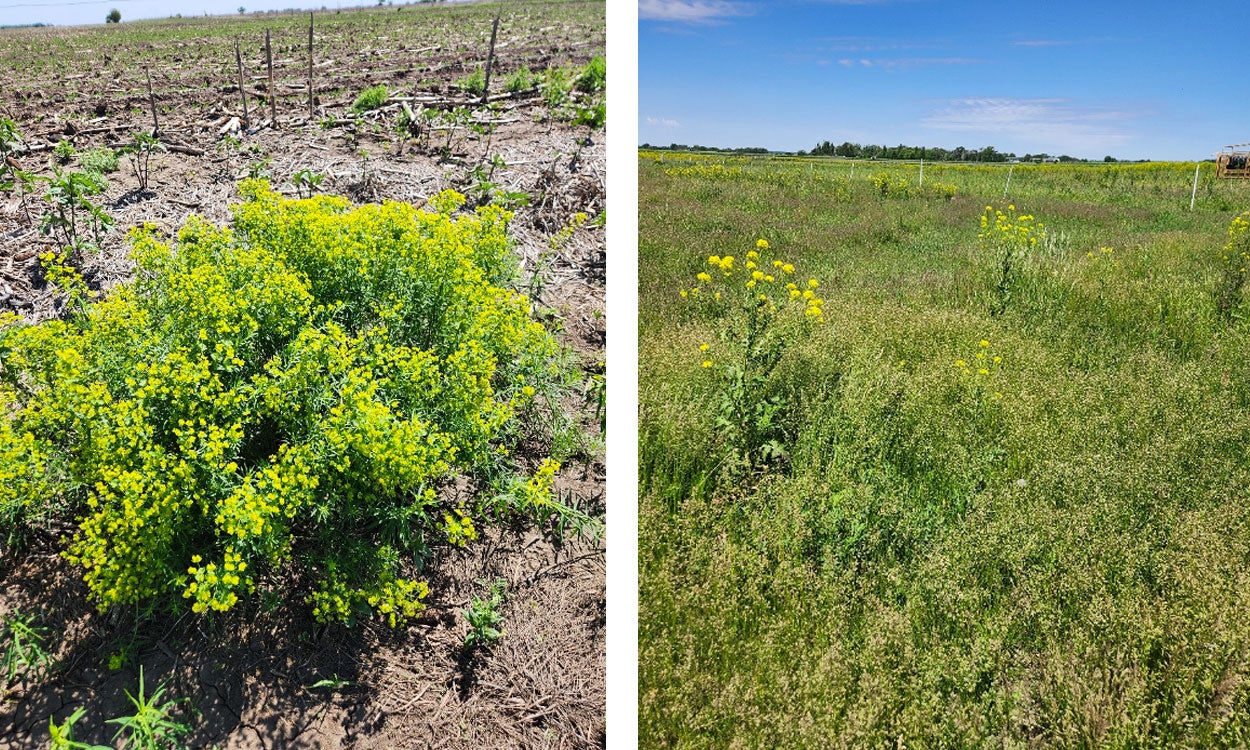
Leafy Spurge or an Imposter?
Leafy spurge is a statewide noxious weed that can be difficult to manage. However, are the recent yellow flowers appearing throughout South Dakota landscapes leafy spurge or another species?
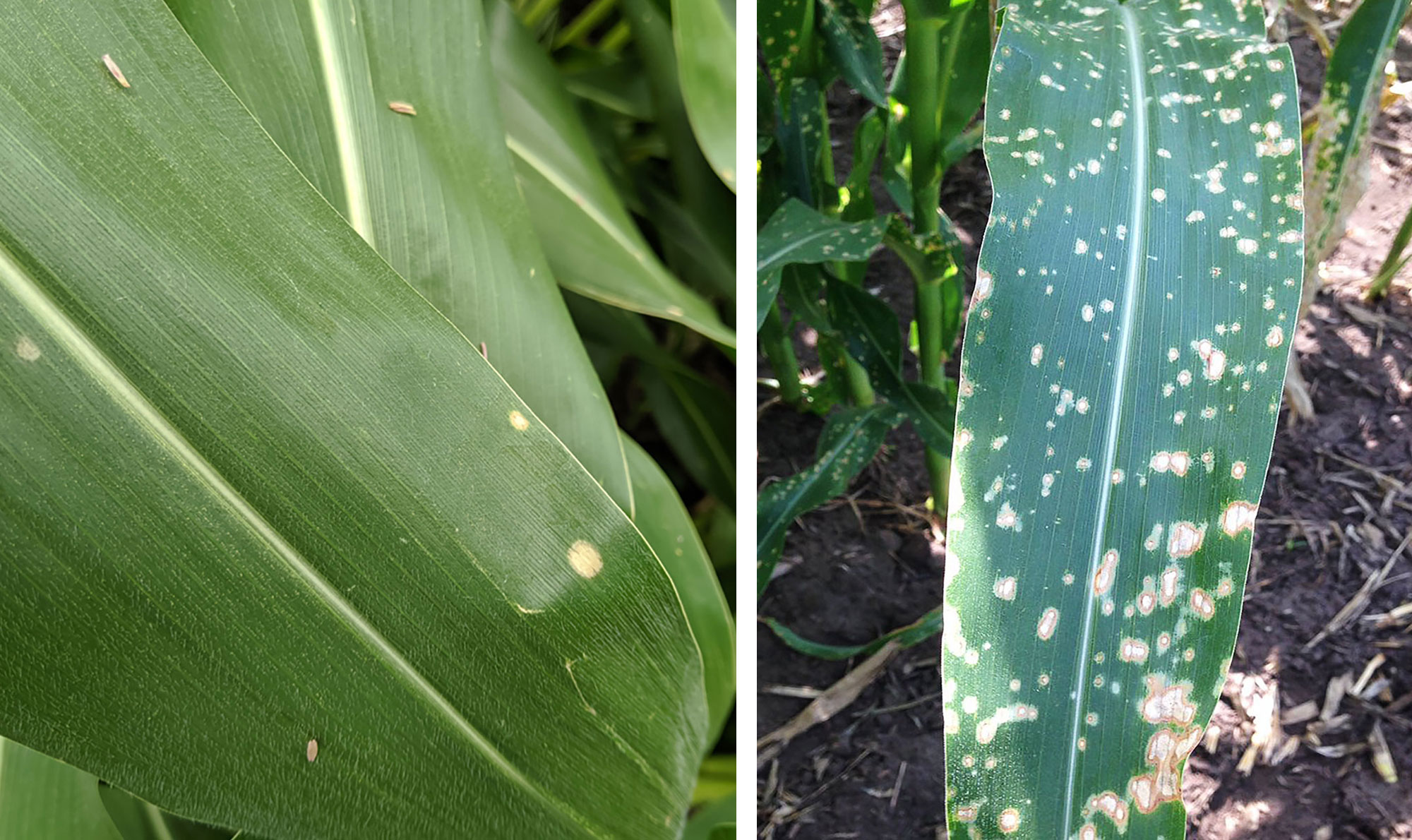
Holcus Spot or Plant Injury?
Is your corn developing spots? Corn fields have been found with what appears to be Holcus spot, a bacterial disease. Upon further investigations, the leaves were found to be negative for any plant pathogens.
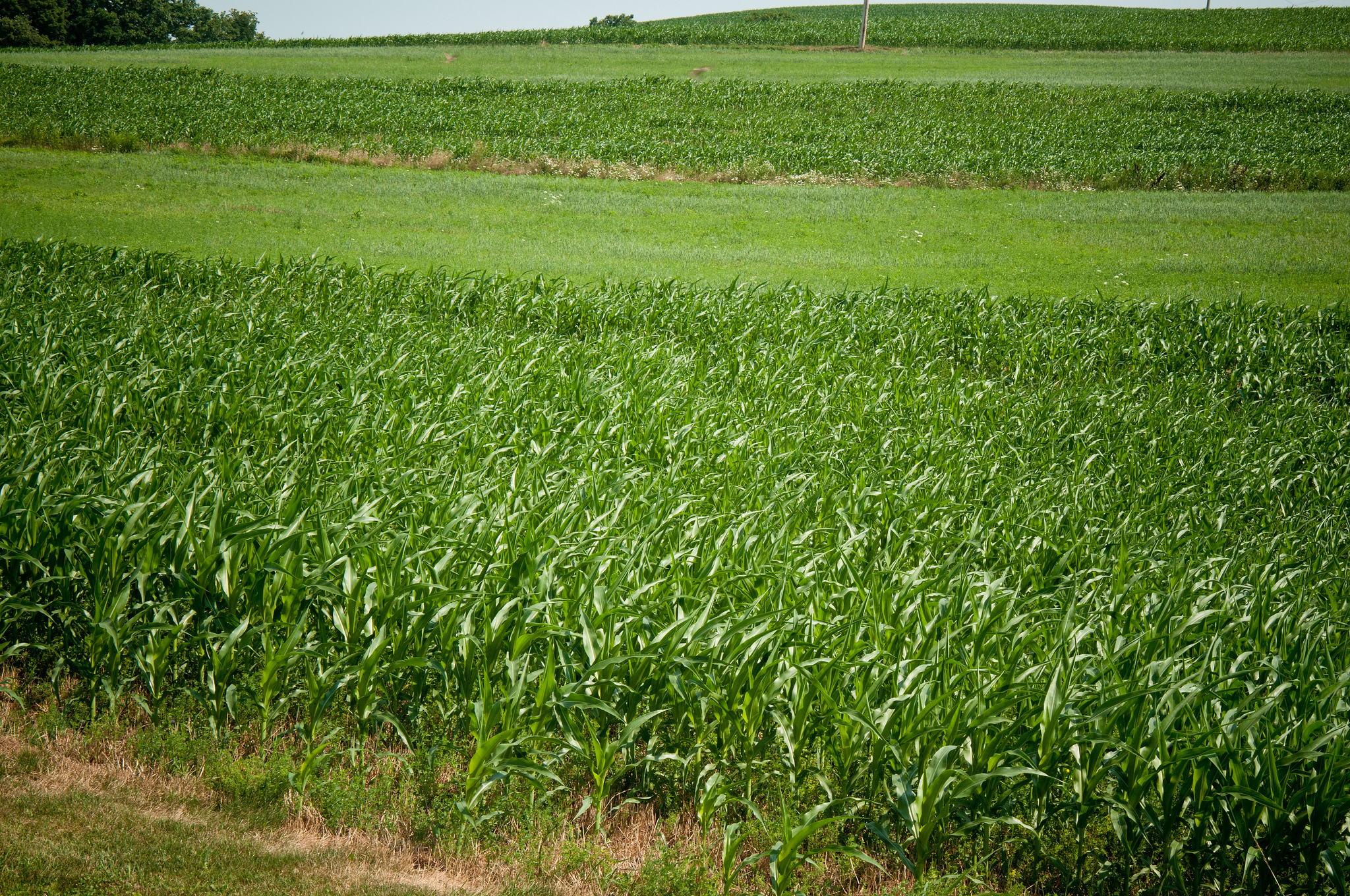
Crop Rotation Potential: Improving Soil Health & Farm Profitability
Two-year corn-soybean rotation coupled with heavy chemical inputs has become the routine practice of agricultural production in the Midwestern United States. According to USDA/NASS data, corn and soybean prices received by producers in South Dakota both reached the peak levels of $7.39 and $16.00 per bushel, respectively, in August, 2012.
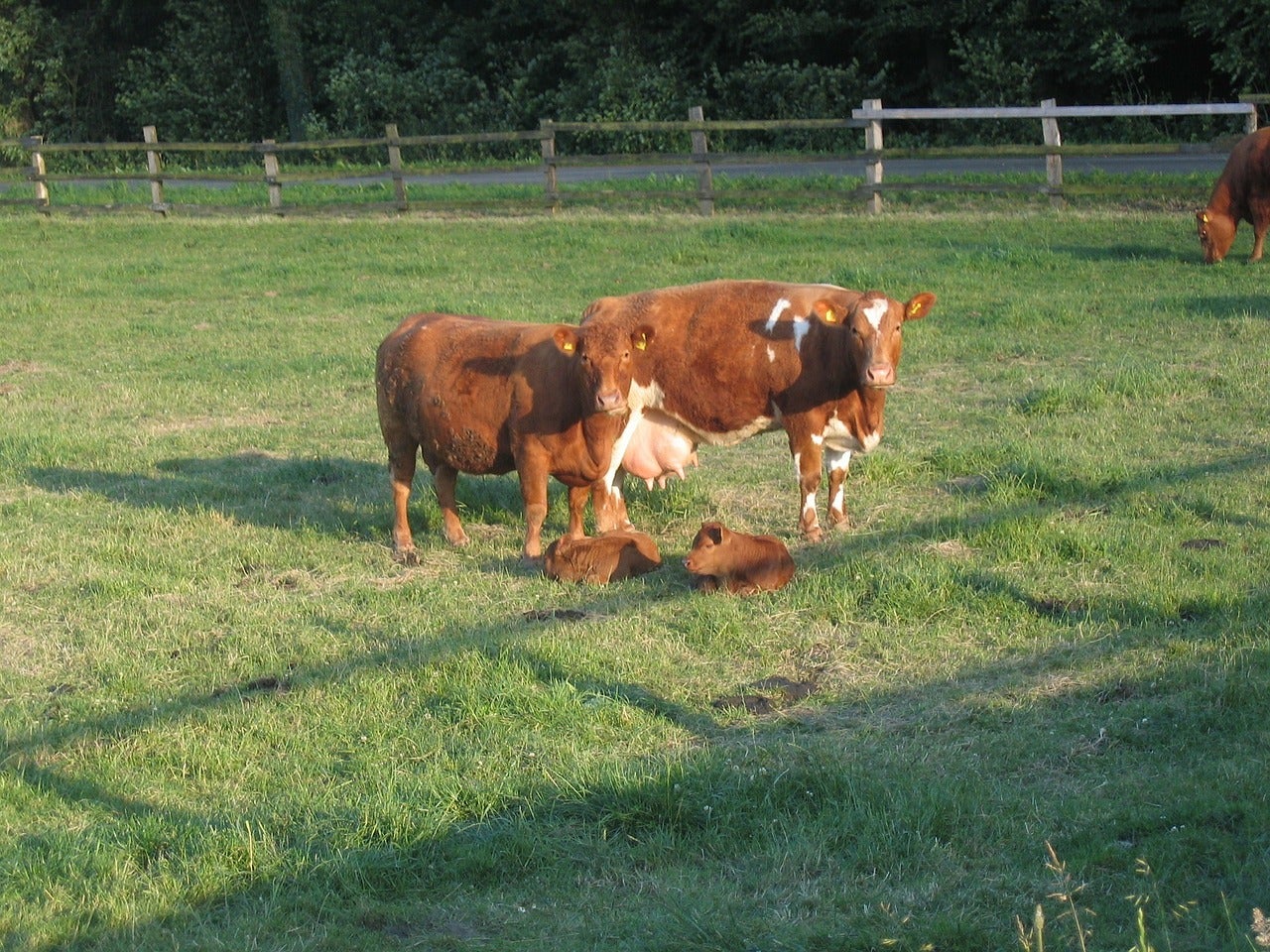
Considerations for Rumen Development in Weaned Calves
Proper nutritional management of weaned calves is critical in ensuring optimal health and performance.
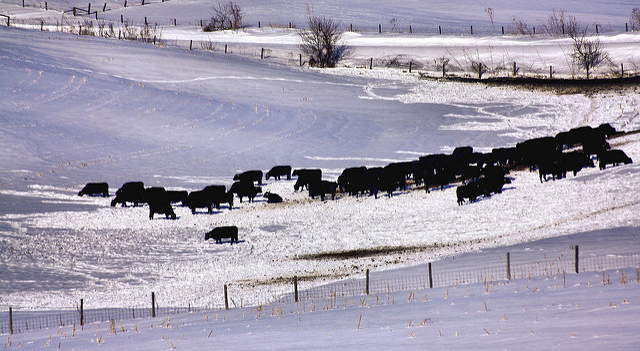
Are Your Cows Ready for the Last Trimester of Pregnancy?
We are beginning to enter the last three months of gestation for the majority of spring-calving cows in South Dakota, and there are a few questions that cattle owners should ask themselves in preparation.
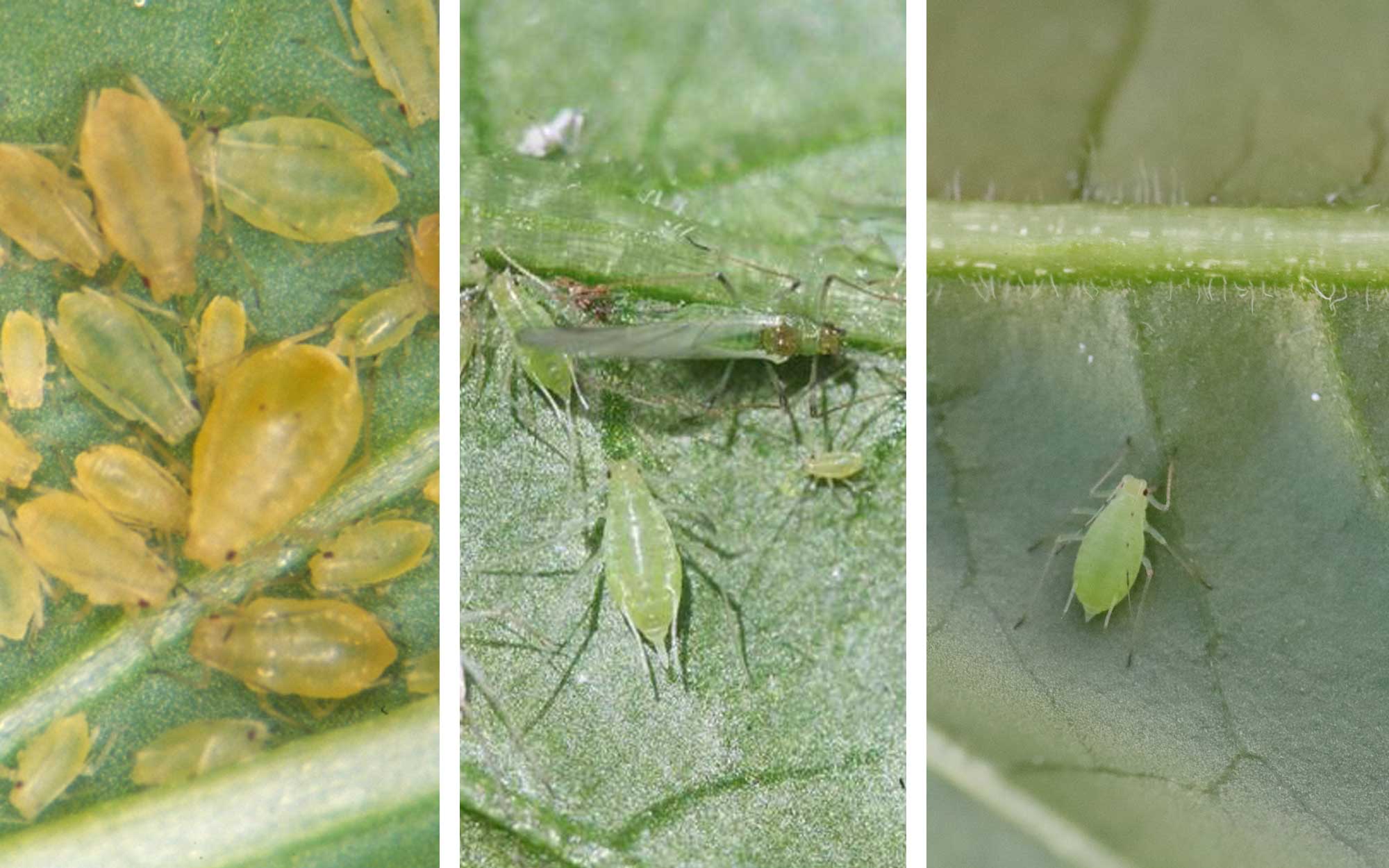
Are Your Pepper Plants Covered With Aphids?
During this time of the growing season, it is common to observe aphids on garden plants, including peppers. However, when dense aphid populations are present, they can reduce pepper yields and cause rapid plant health decline.